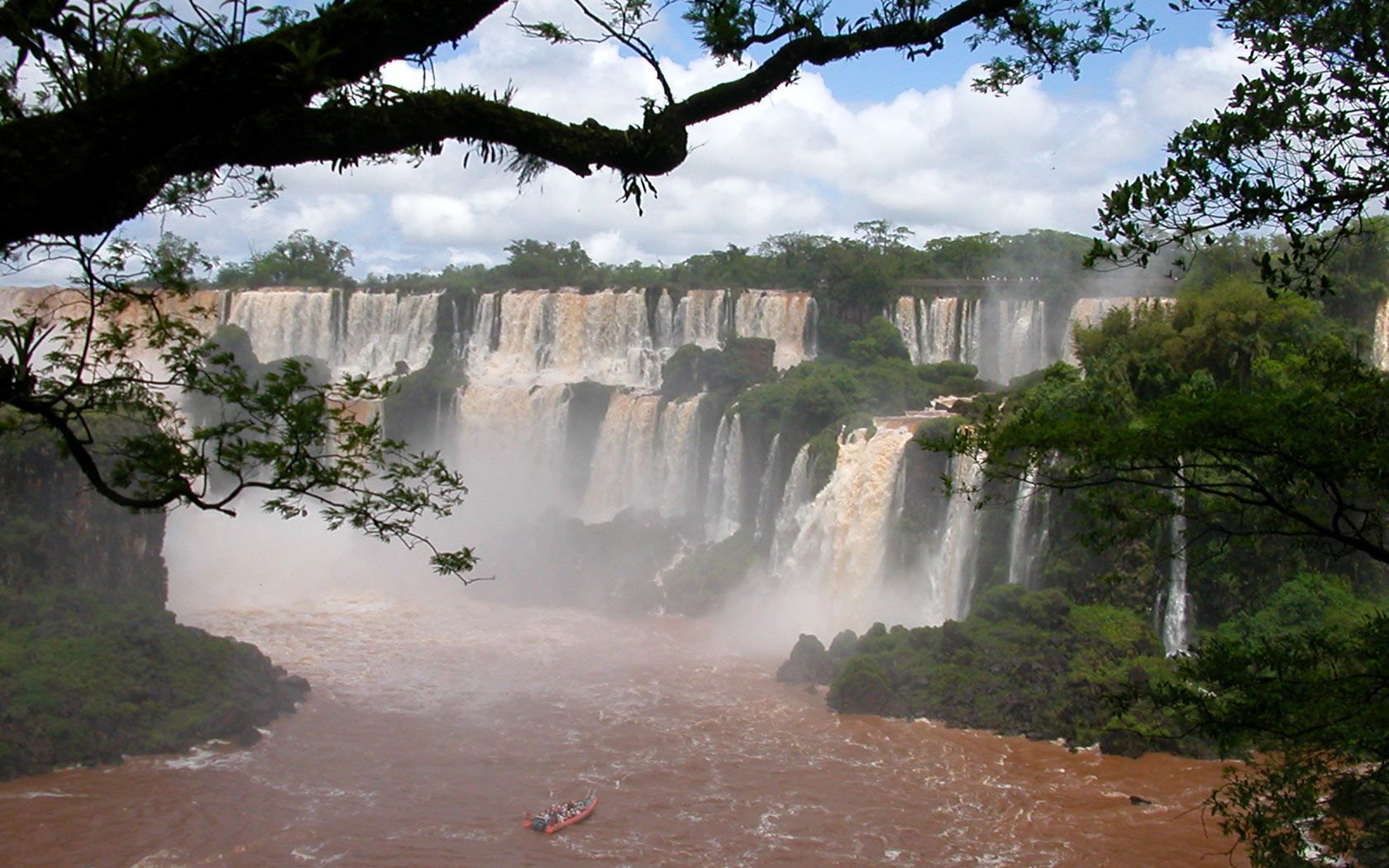Argentines, as humble as we are, will tell you: “Our country is one of the most diverse on earth.” And, like everything we say, it’s true! In fact, we’ve got lakes, mountains, waterfalls, vineyards, ski fields, cold deserts and hot ones, cities, towns, green plains, plus red and green plains too. Find out how and where to see all of this in Argentina with our very own getaway guide!
Travel Tipps
1. Take the bus
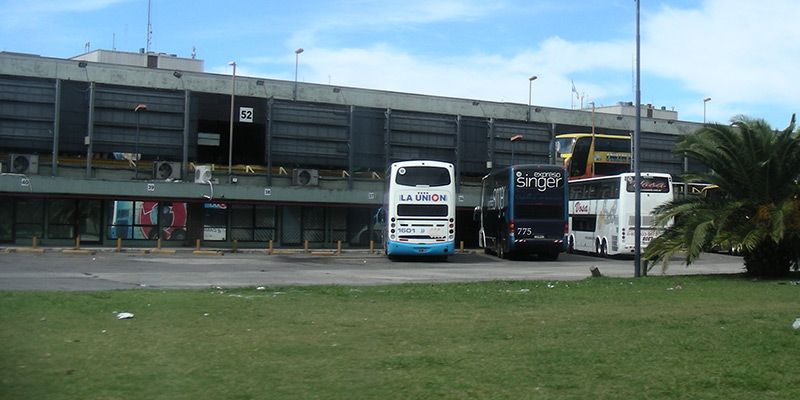
Long-distance bus travel in Argentina is made easy by the massive expansions of flat terrain that characterize the country — take the Pampa and Patagonia as examples! Departing from the bus station in Retiro in central Buenos Aires you can reach all corners of the country on bus rides that last anywhere from 4 hours to Rosario to 24 hours to Bariloche. Three standard services are available: semi-cama (seat reclines slightly), cama (seat folds out into a bed), and ejecutivo (bed with all the trimmings).
2. Plan your itinerary strategically
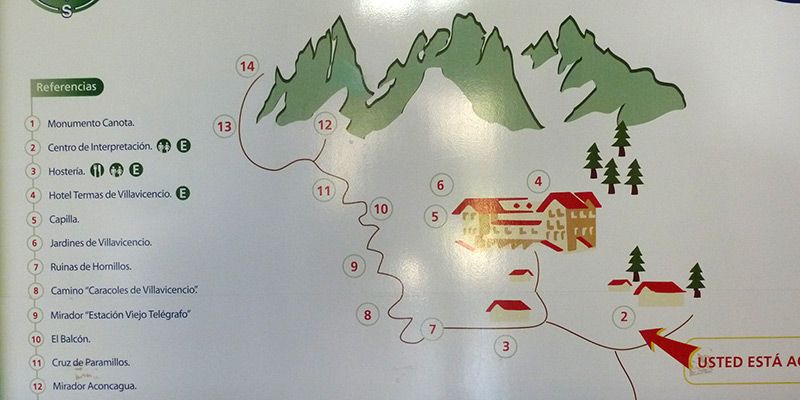
For those Old World Europeans out there, down here in the New World there are fewer people living in bigger spaces. The result? In Argentina it’s just as hard to, let’s say, do the grocery shopping in neighboring country as it is the move around spontaneously like you all do in Europe, even in the US in some cases. When venturing about Argentina plan your trip out on a map to avoid long journey times and factor in research about bus routes.
3. Fly when you’re short on time
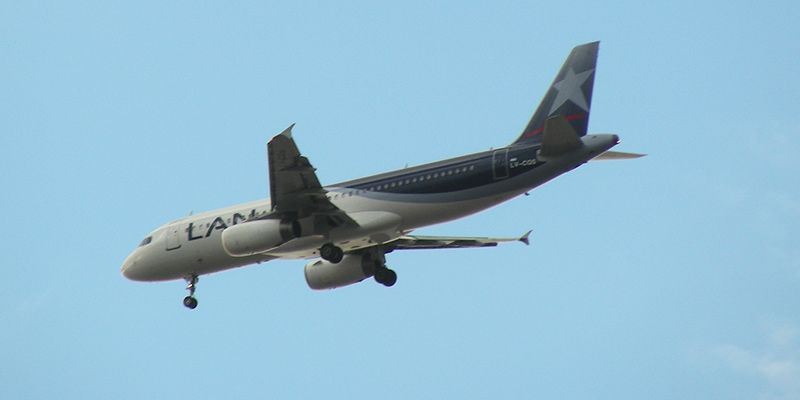
In some cases, taking a bus is the only option you’ll have in Argentina, since in this centralized country (where everything comes from and goes to Buenos Aires) not all cities are connected by frequent flight routes. Examples are Bariloche to Mendoza, or southern Ushuaia to northern Jujuy (though good luck taking a bus that far, you should probably connect with a flight to BA). Finally, it goes without saying that flying is a great option when you’re short on time!
4. Factor in the seasons
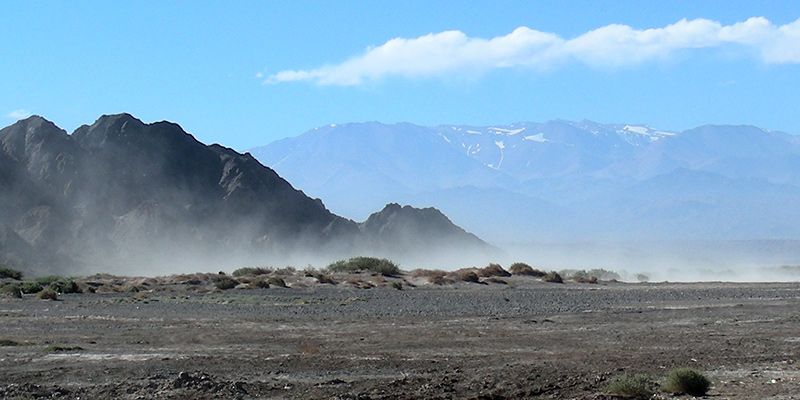
As a general rule, summer (December to February) and the months leading into and out of it is a great time to visit Argentina. The weather can be dense and humid in some places, but as a general rule, it trumps winter by a mile, as much of the south of the country is cold and wet during June to August. If, however, you have your mind set on skiing in the Lakes Region (Bariloche, San Martín de los Andes, Esquel, etc.), then winter is for you!
Where to go
Northwest
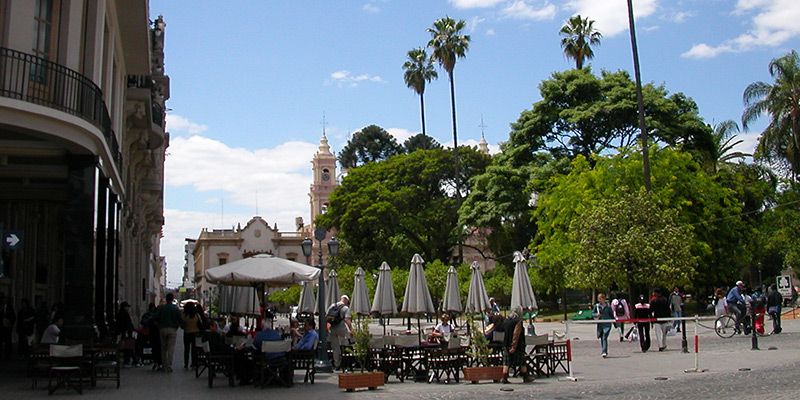
Jujuy, Salta, and Tucumán are the nation’s culturally rich provinces that connect Argentina to South America’s indigenous heartland — Bolivia, northern Chile, and Paraguay, which border north-west Argentina. This is precisely why, here you’ll discover indigenous languages like Quechua being spoken by people whose daily lives are riddled with ancient traditions and whose friendliness is unparalleled. Sites include: Quebrada de las Conchas, Cafayate, and the capital cities of Tucumán, Salta and Jujuy.
Northeast
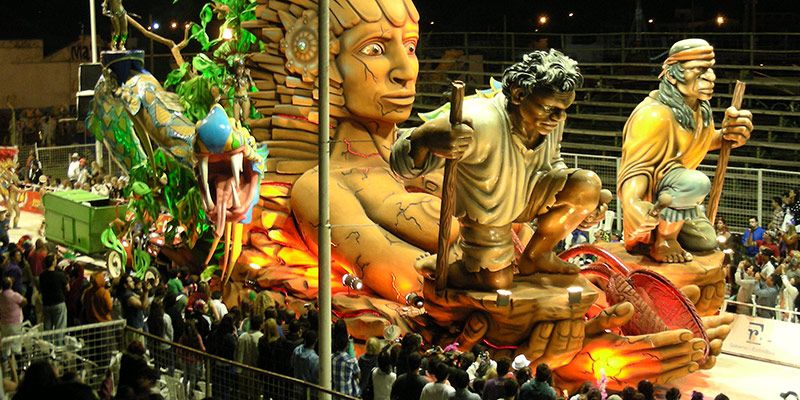
Like their northwest cousins, the provinces of Corrientes, Chaco and Misiones will have you feeling like you’re in another country — especially if Buenos Aires is your point of reference for Argentine culture. Its lush greenery and sub-tropical air, give the northeast a touch of exoticism, which will likely lure you all the way to Igauzú falls on the Brazilian border. Sites include: Corrientes city, Iguazú Falls, Jesuit ruins in Misiones, and carnival in Gualeguaychú.
Center
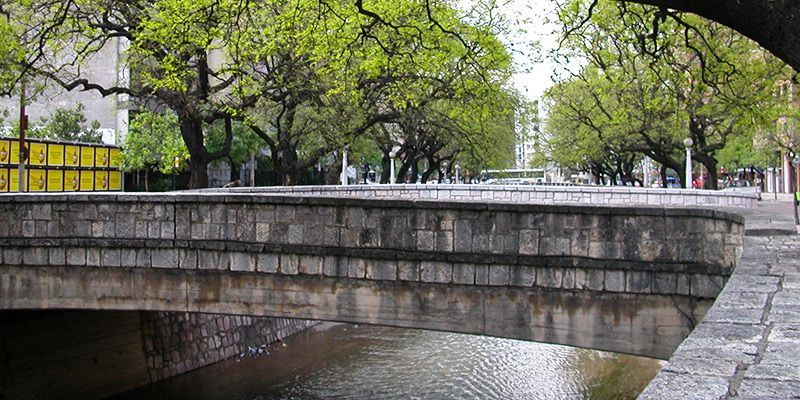
Along with central Santa Fe and Entre Ríos provinces, Córdoba has a special place in the hearts of Argentines, resting at the very center of the country. Central Argentina is lush, green and famous for its agricultural traditions, with a bounty of sites, including: Córdoba city, Sierras Grandes, and the Alta Gracia Jesuit Estancia.
Andes
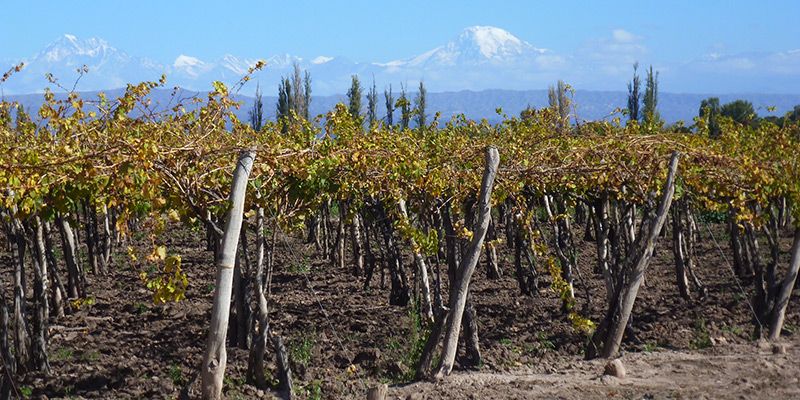
Running right down the western border of Argentina, and separating the country from Chile, is the Andes Mountains range, a picturesque backdrop to any destination you might choose along the Andes. But, while there’s lots to see, most visitors will likely end up in Mendoza province, where you can find trekking, horse back rides, mountain climbing or wine — lots of wine. Sites include: Mendoza city, wine tours, Mount Aconcagua, and Villavicencio.
Lakes region
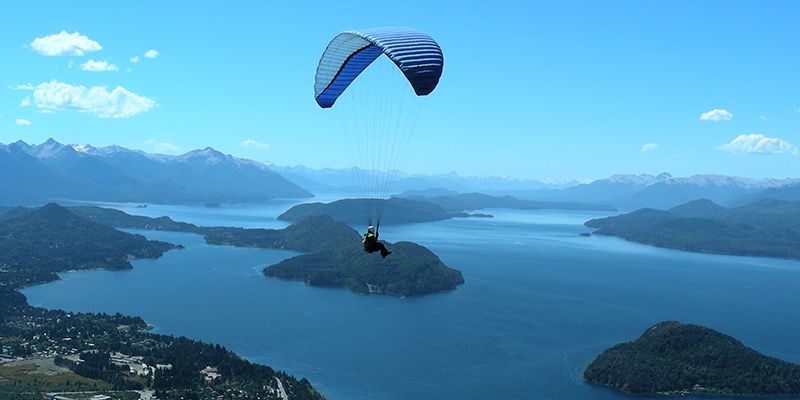
While you might like to compare it to some parts of Germany or Switzerland, the Lakes region in Argentina is a paradise all of its own. Separated from the rest of the country by huge distances (again, it takes 24 hours to reach Bariloche from Buenos Aires by bus), its destinations include: Bariloche, San Martín, El Bolsón, Esquel, the 7 lakes.
Patagonia
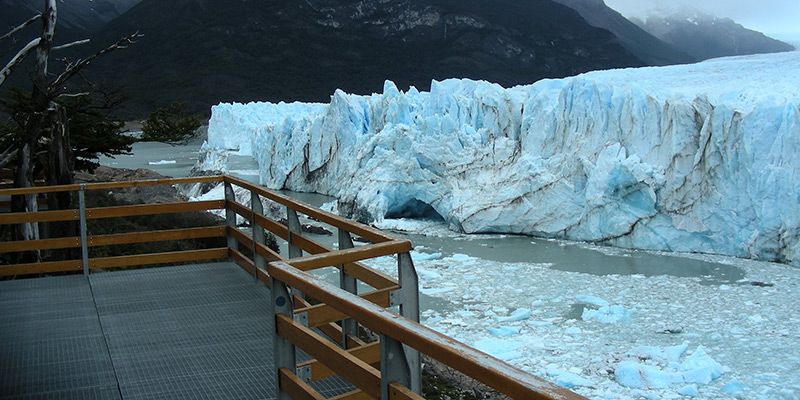
Argentine Patagonia, which in theory includes the Lakes region, is one of the most sparsely populated and enchanting cold deserts on earth, with its flat empty plains and ice fields. Sites include: Ushuaia and the Perito Moreno glacier.
For more on our amazing country, find out why you should study Spanish in Argentina!
Originally published on Ailola by Jayson McNamara on September 4, 2015.
